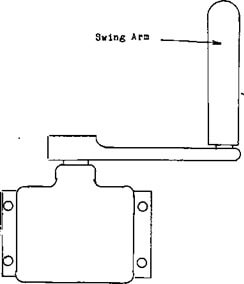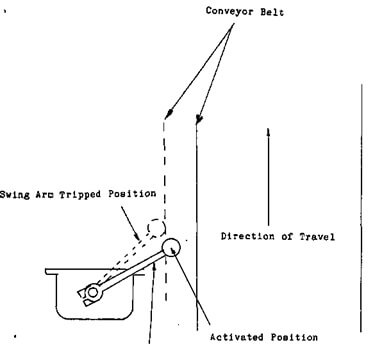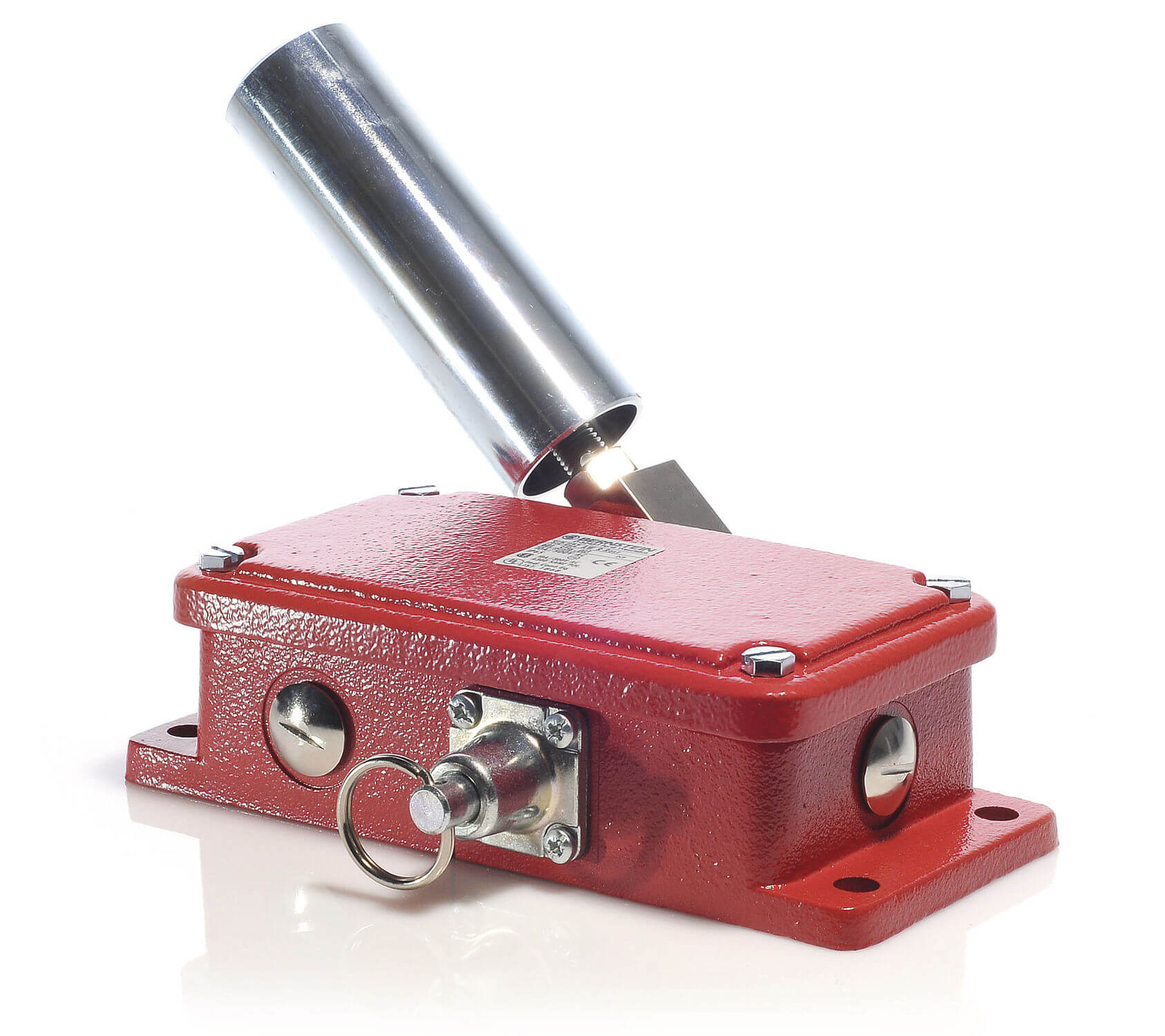
 The other switch I mentioned was a MISALIGNMENT switch. This is a manual swing arm that is placed beside the conveyor belt. If the belt should wander the arm will be struck pushing it out of position and shutting the conveyor down. In most mills the equipment is INTERLOCKED. This means that if one piece of equipment in the circuit should shut down then all of the machinery that is in the circuit behind the failed equipment will shut down at the same time. This prevents spillage at the stalled equipment and allows the process in front of the down equipment to continue. The time that this equipment can run without continuous feed is very limited and, if the problem can’t be fixed quickly, it will have to be shut down as well.
The other switch I mentioned was a MISALIGNMENT switch. This is a manual swing arm that is placed beside the conveyor belt. If the belt should wander the arm will be struck pushing it out of position and shutting the conveyor down. In most mills the equipment is INTERLOCKED. This means that if one piece of equipment in the circuit should shut down then all of the machinery that is in the circuit behind the failed equipment will shut down at the same time. This prevents spillage at the stalled equipment and allows the process in front of the down equipment to continue. The time that this equipment can run without continuous feed is very limited and, if the problem can’t be fixed quickly, it will have to be shut down as well.

With a conveyor system most of the spillage is caused by the wander just mentioned. This in turn is sometimes caused by mechanical failure or uneven wear on the idlers.
However, under normal conditions, it is usually caused by a build-up of dirt or FINES on the surface of the idlers or pulleys. To keep a conveyor running straight, the idlers and the pulleys must be square to the belt. An uneven build-up of fines will change the circumference of the idler or pulley. As water runs downhill so will a conveyor, the uneven build up on the idler will cause the conveyor to wander off to the side with the least on it. With troughing idlers, wander may be caused by the transfer chute not feeding the ore directly to the centre of the conveyor, the idlers not being square and/ or level to the belt or a mechanical failure of one of the idlers or rollers.
